The Latest Stories
Challenge
January Resolution Challenge 2026Campaign
T.K.O. - Free Your Spirit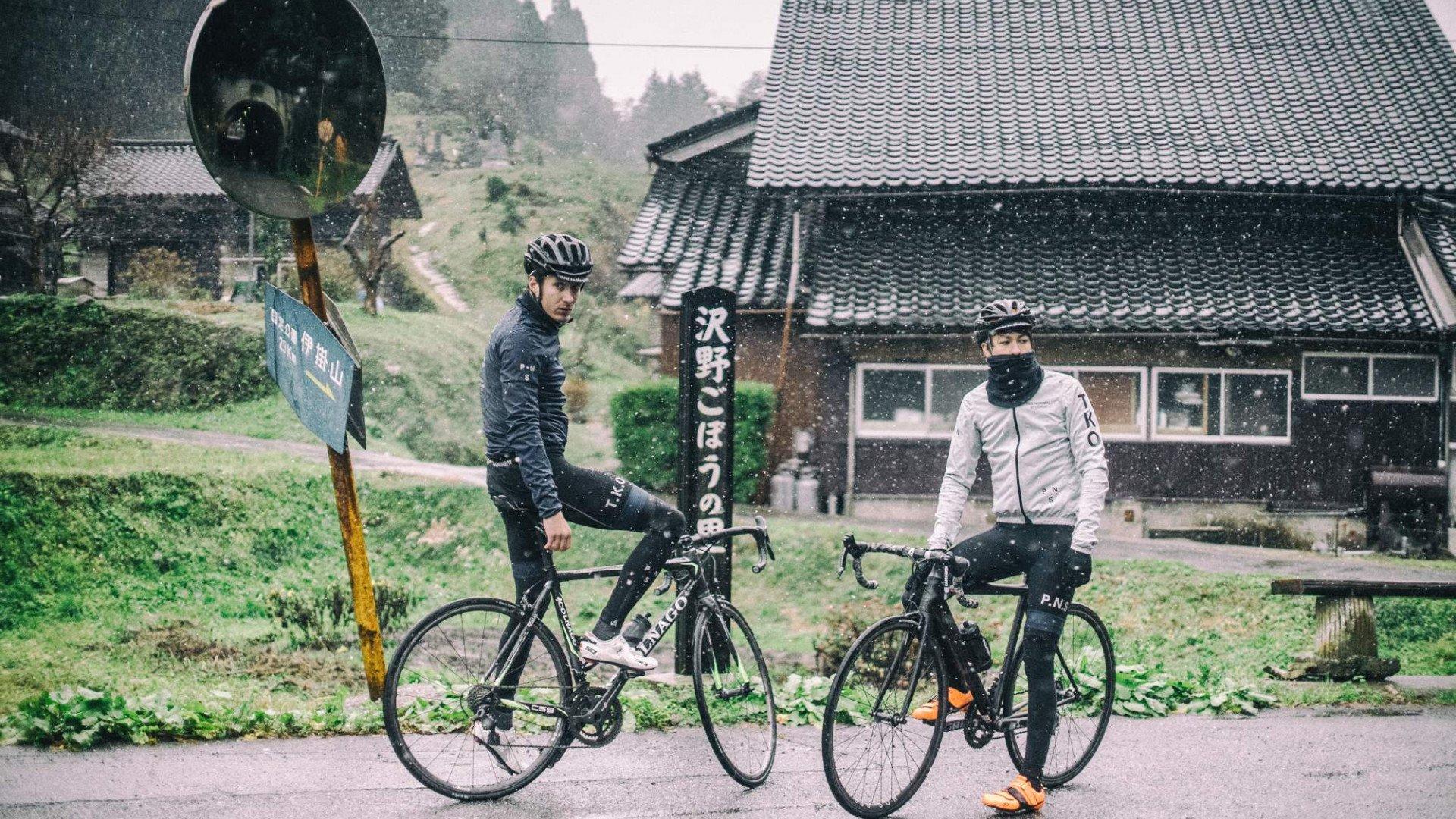
Prologue: Life in Tokyo
The mountains have always allured me. Coming from flat Copenhagen in Denmark, I have always sought after the mountains, it has been no different living here in Tokyo, Japan. Tokyo is a fantastic confusing place for any foreigner. The etiquette of Japanese life is very far from anything I know. Anywhere you go in Japan you feel like you are the barbarian with all the wrong moves and bad manners. It takes time to learn the decency and respect of the Japanese customs. At first it can seem utterly time consuming and stupid, but once you get to understand how it works and how it enables 37 million people to live in Tokyo it all makes sense.
Queuing is a part of your daily life in Tokyo, you queue to get on the train, you queue to get off the train, you queue for breakfast, you queue for dinner and you queue to get back home with the train. You queue a lot in Tokyo. As frustrating as this can be for someone coming from a “small town", it's actually fantastic experience to witness how the masses move silently across town. The silence and decency of people makes it possible for 40 million people to move across Tokyo every day.
I used to take the metro until I got myself a 1-geared Fuji. Navigating through the small streets crammed with traffic lights every hundred meters somehow became a daily habit. Commuting my 11km to university daydreaming about the mountain ranges close to Tokyo. On clear days, the symmetrical cone also known as Mt. Fuji can be seen from Tokyo along with other smaller mountain peaks. This is a spectacular sight and the mountains look like they are right there for you to touch – even if they're actually 40 kilometers away.
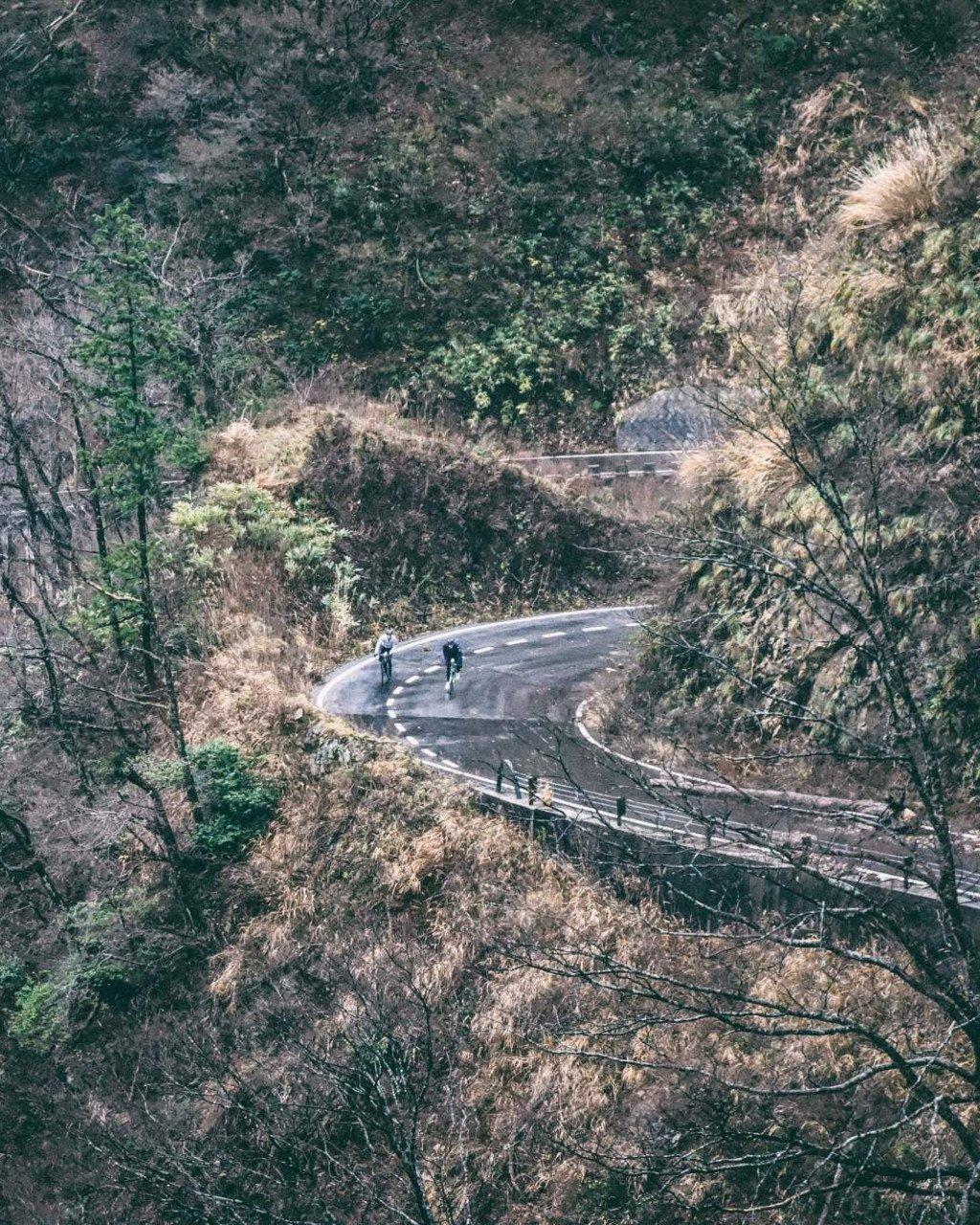
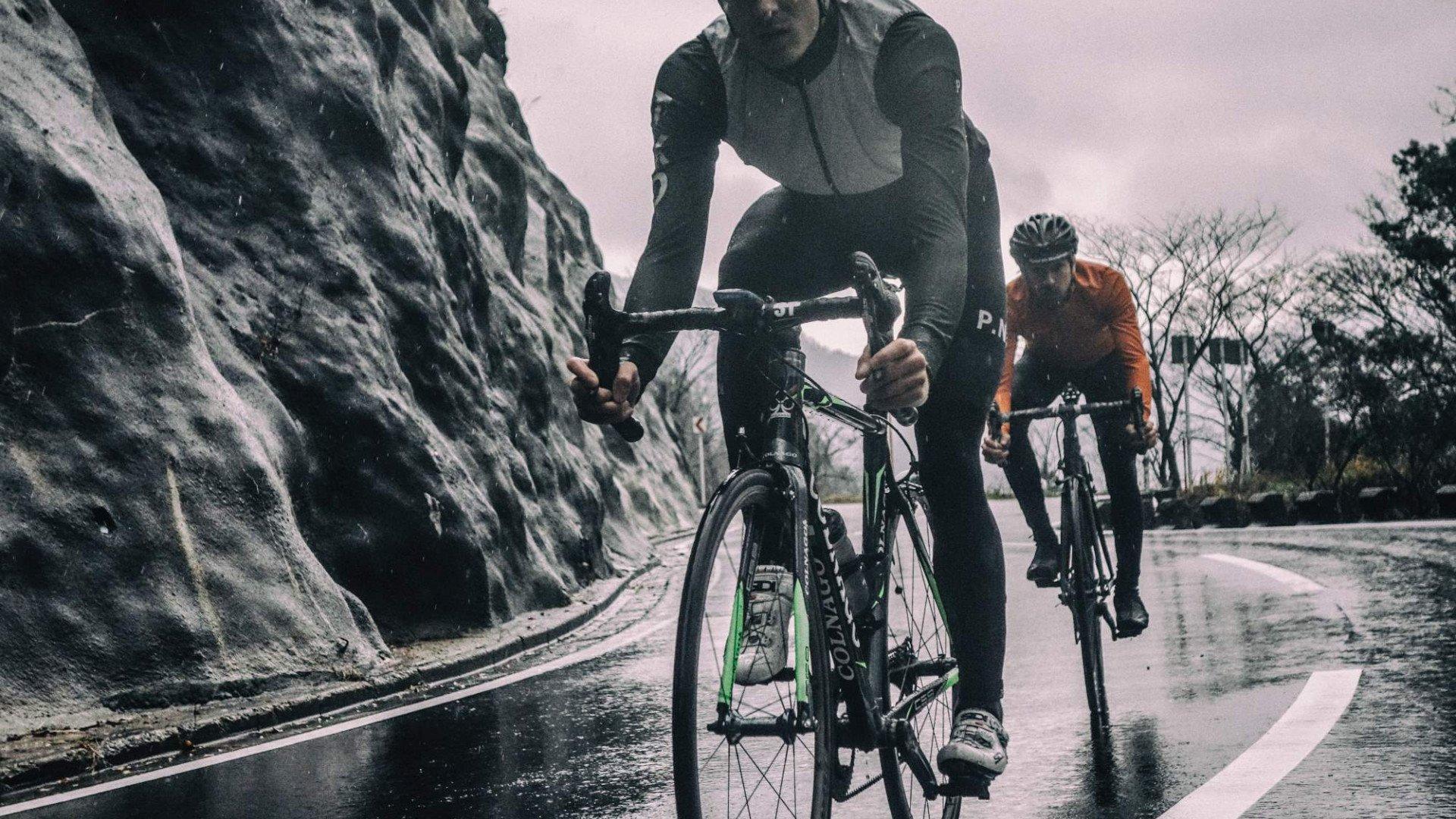
Cycling from Tokyo to the mountains via the rivers or the Onekan leading out the city is a strenuous ride. Not because of its length or hardness but because of its traffic. Mentally 40km is not very long but 40km in traffic is tough. Once you reach the outskirts of Tokyo the flow and beauty starts to show and the reward of cycling there kicks in. From here, it is an endless playground with numerous peaks and enough steepness to keep the legs happy. It is truly a Disney land for cyclists – you just need to remember that you have 40km back in traffic.
When my friend Alex and I got the chance to go cycling in Toyama we could not decline. I like looking at maps and planning rides, I mean any cyclist does, right? So when I checked out Toyama on a map I got thrilled. Toyama is located along the Sea of Japan and neighbours up to the great Northern Japan Alps. With only 1 million inhabitants compared to Tokyo's 37 million, Toyama is relaxed. The 3000-meter-high Tateyama mountain range can be easily reached from Toyama and delivers incredible scenery. When we arrived in Toyama it was pitch black and raining, not what we were used to in neon light bright Tokyo. The thing about arriving somewhere at night is that you cannot see or get an idea of the place. You can only imagine. The weather forecast looked horrible for the upcoming two days. We decided not to talk about it.
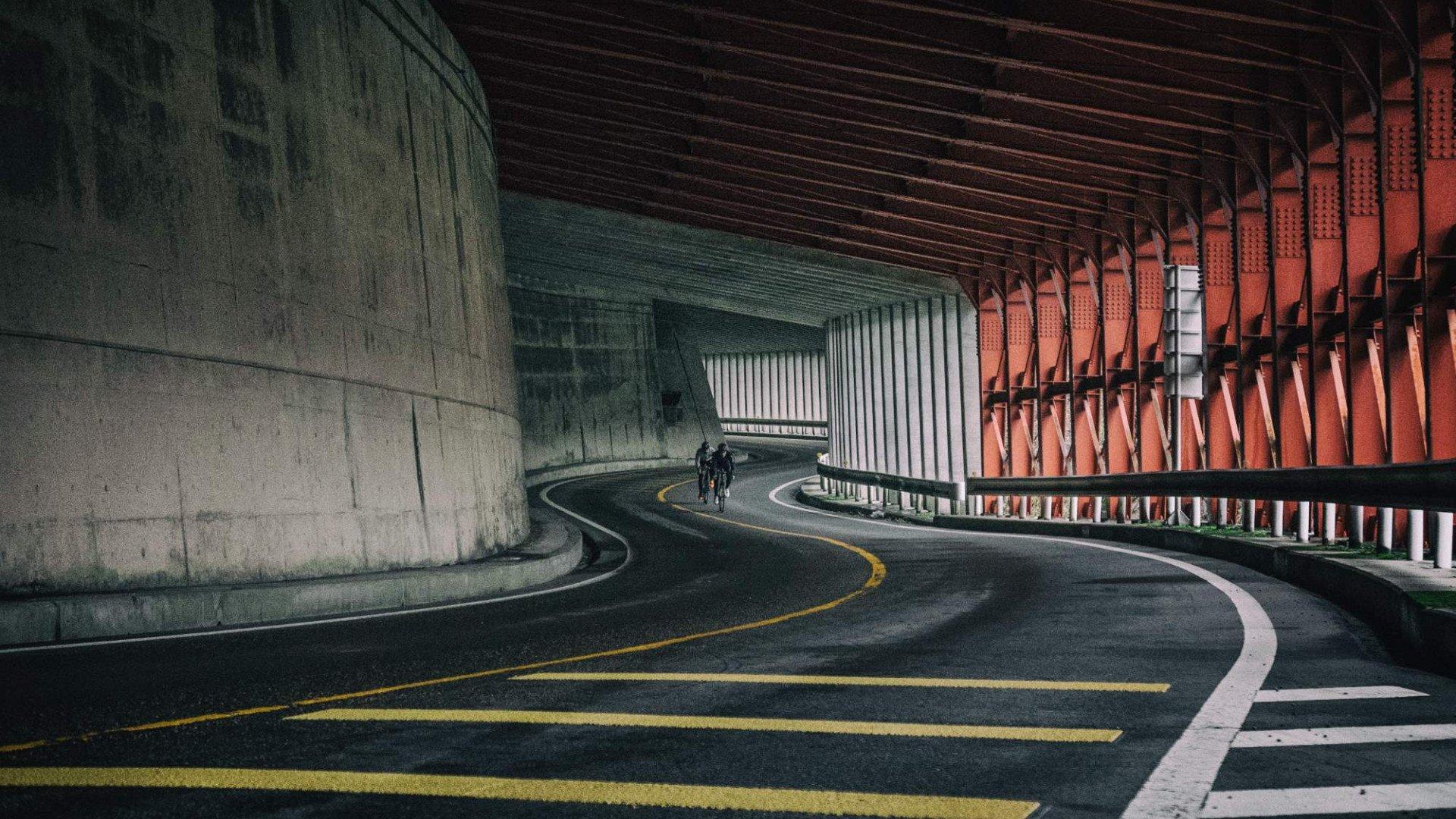
Toyama Day 1: Tunnels and Rindos
We got up early and to no surprise it was pouring down. I always need about 40 minutes on the bike to get started and find the rhythm, and myself but when it is bucketing down, I never find the rhythm. Luckily, because of adrenaline and the will to explore, I quickly found myself.
Riding out of Toyama is nothing like Tokyo, after crossing three to four traffic lights we reached one of the many rivers coming down the mountains. It had been raining heavily so the roads were filled with debris and water. Following the river roads into the mountains we could sense the unfriendliness of the mountains ahead.
Riding through the small towns reaching the higher elevations seemed like something out of a fairy tale. Winding roads, bear warning signs and numerous tunnels – not to mention the sneaky steepness of the roads. I have come to learn the course of the roads here in Japan. Mostly, they start out gradually and then build up. Every so often hitting double-digit percentage. It feels ever so easy in the beginning and gives you great hope but it ends up destroying you because you paced it. Today was not different. The rain turned into sleet and we started to feel the cold. The numerous tunnels we encountered became our shelters. We wished we could stay.
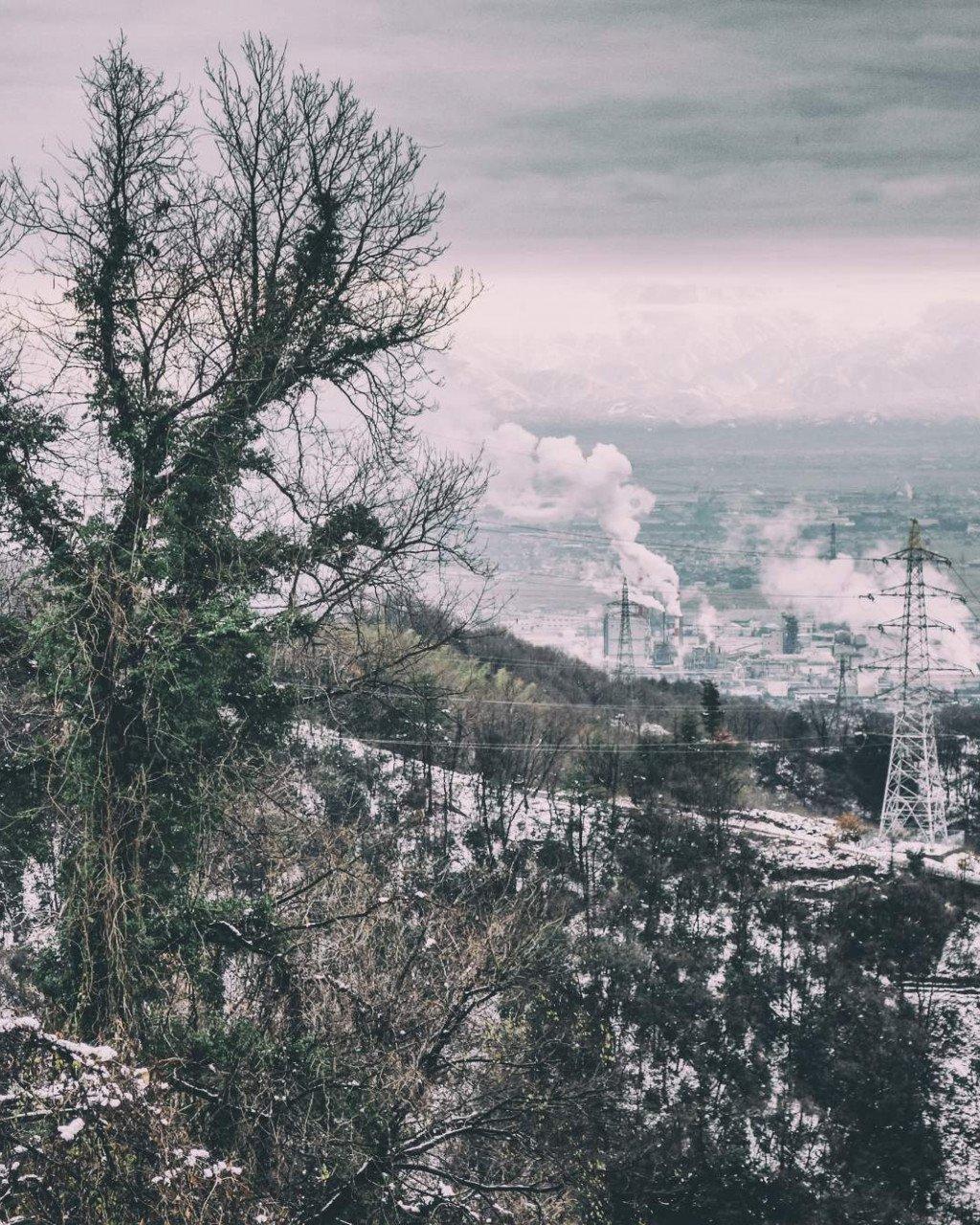
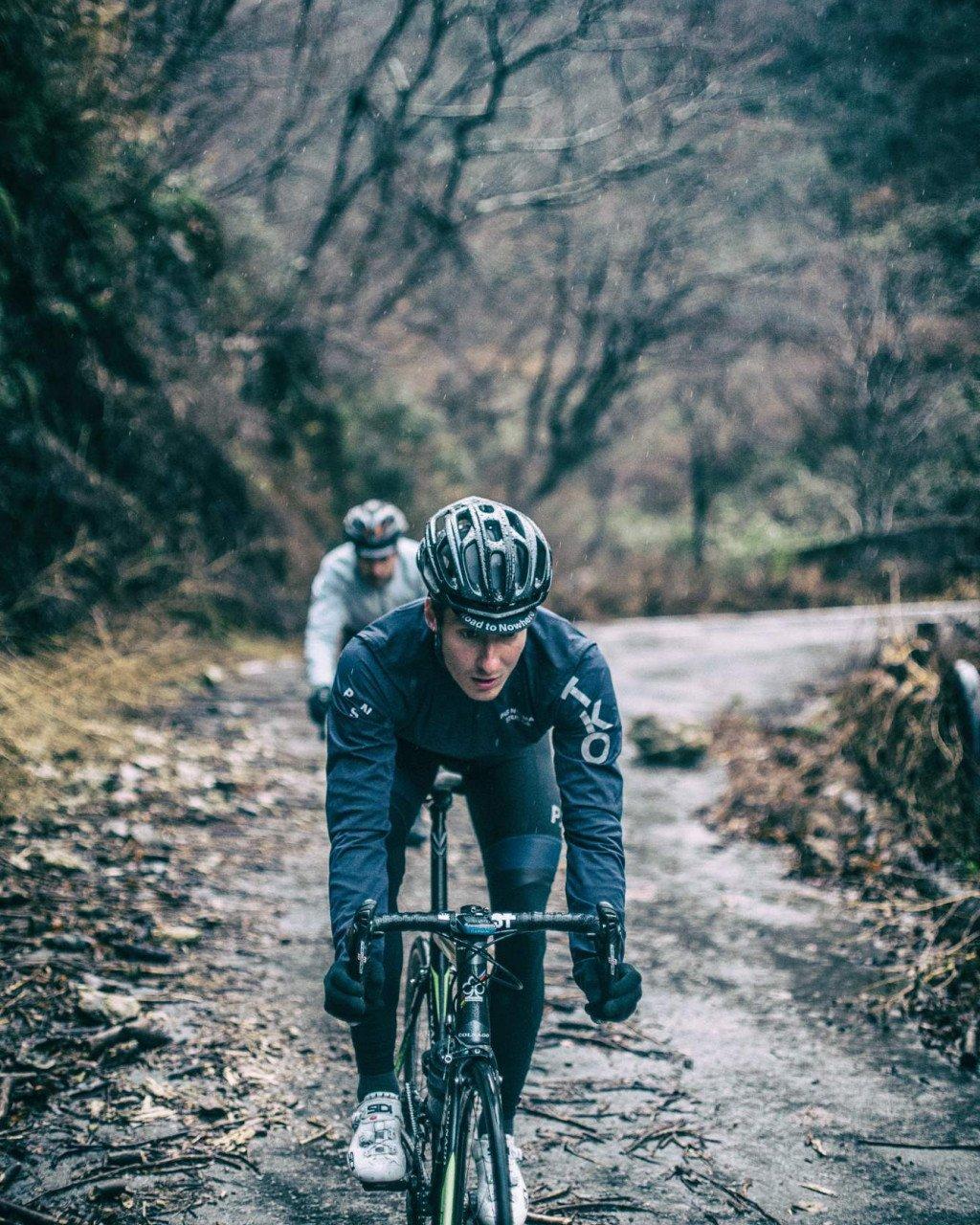
I have always thought of the Japan and its mountains as something truly mysterious – as if there was something hidden. Thinking about my childhood and growing up with Japanese cartoons about the dog Silverfang and its gang that fights off the giant bear Akakabuto made me giggle as we climbed deeper into the mountains. Having ridden many good roads in Europe and Asia I have found that there is something special about Japan. I was thinking that Japan does not look like the rest of Asia and I do not know why it is actually a part of “Asia" as such? It does not feel very Asian – it just feels Japanese.
The mountains in Japan holds many small forest roads. Some of them with asphalt surface, supported by tunnels and elaborate bridges. These are called “Rindo" (Japanese for “forest road"). In some cases the rindos are fenced off by gates so that cars cannot pass by, but it is nevertheless possible to pass them by bike. The rindos are unspoiled nature and completely tranquil and silent, you really get the feel of wilderness. The rindo roads are not under regular repair and maintenance so you often find poor surfaces and flying debris. Coming down a rindo is always exciting especially riding carbon wheels. Not something I can recommend.
The rindo we rode on this particular day checked out good on the map. It was covered with debris and big logs, that had tumbled down from the mountains. I glanced up the mountainsides to see whether something would or could fall down, but all I could see was rain and dark clouds. We kept climbing and rounded another switchback when the road suddenly stopped. We looked at each other and agreed that this road was the road to nowhere. I actually think that we were happy it did not continue. However, now we had to descent, this proved to be another kind of anxiety. We made it down to our tunnels and smiled at each other. From here, it was straight down to Toyama but before that a stop at the local onsen (hot spring). Onsens are big part of Japanese culture and life and come in handy when you are really cold and wet. Plummeting your cold body into the 40degrees milky water after a long day in the saddle is a delightful feeling. We talked about today's endeavour and agreed that tomorrow could only be colder.
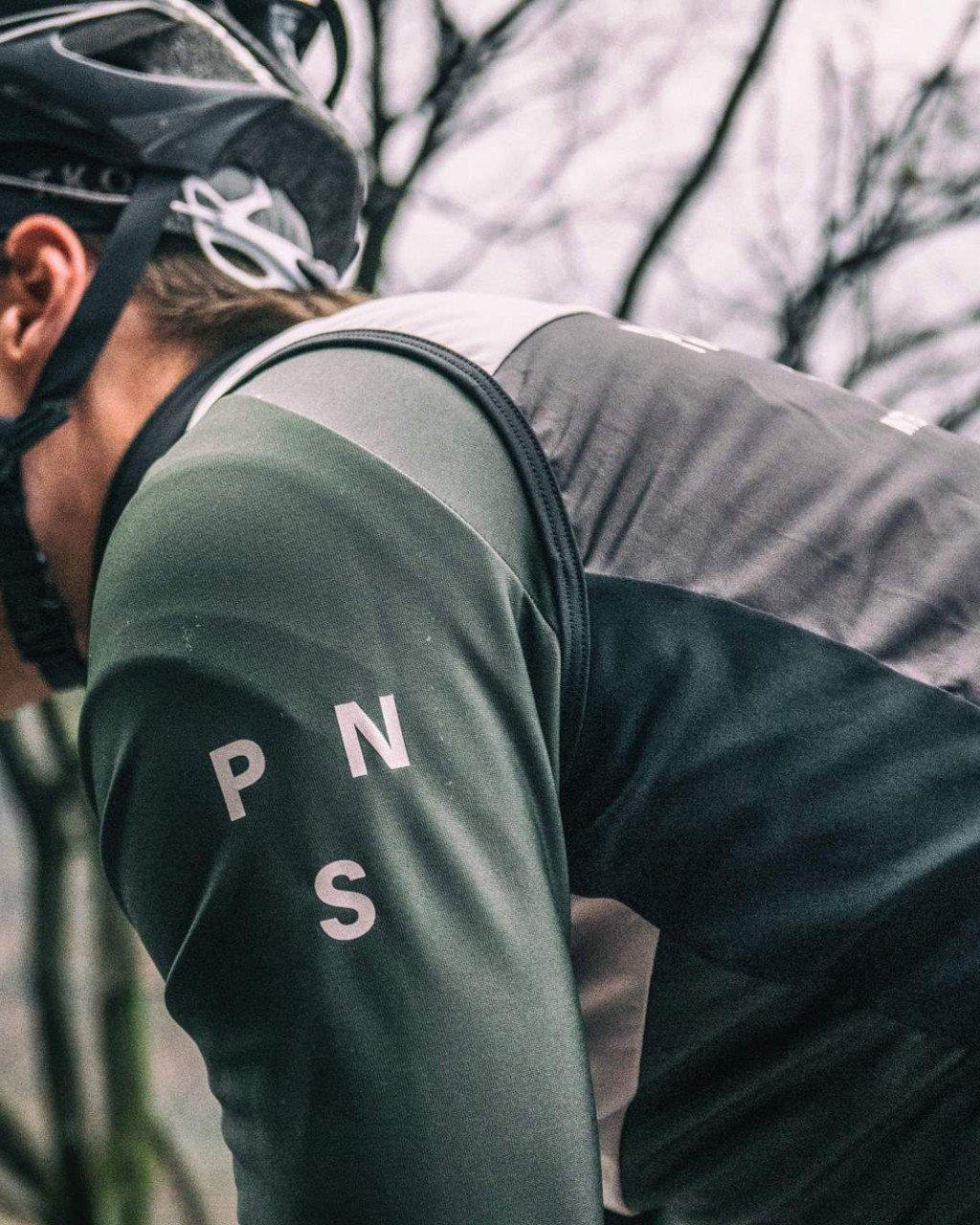
Toyama Day 2: Windswept Coast and Tunnels
We were sleeping in a traditional Japanese house, which meant no heating system. We slept on tatami on the floor with full fleece set and three blankets. It was cold to the bone. Would we wake up to sleet or snow, we didn't really know. One thing we knew was that it was going to be cold.
From the coldness of the highlands yesterday, we took on the coast and the rolling terrain. The conditions were rough as we rode on the coastal road towards the small fishing town called Himi. Few foreigners come to Himi, although it is heavily visited by Japanese who here to fish. Waves and rain pounded the windswept coast and I reminisce the feeling of riding my training route in Copenhagen. I felt at home.
Making our way back into the cold mountains through zigzagging roads with some picturesque switchbacks we arrived at our lunch place. Food in Japan is good no matter where you go. After some Tonkatsu (pork cutlet, shredded cabbage, rice and miso soup) and some coffee we continued onwards and kept climbing until we reached a small temple.
Temples are used as places of worship in Japanese Buddhism and virtually every municipality has one or more temples. The temples really add to my fascination of the Japanese mountains.
The weather was now officially worse than worse. We still had one last climb to do. The Futakami Mountain is a beautiful climb with plenty of switchbacks covered in bamboo. The climb itself is not difficult but the weather made it challenging. On the coast the rain was rain but since we gained some elevation it was now snowing heavily. We were probably in over our heads, as we continued to climb on our 25mm tires with the road covered with chunky parts of ice and sleet. We rode next to each other in the tracks laid out by a car. Every time we stood up, we lost the back wheel traction and had to stay seated. In some of the switchbacks, the bamboo trees covered us from the gusty winds and worked as roof for the snow. We reached the top in content but now the downhill awaited. We both knew that this would not be fun. The previous day on the rindos we learned how much concentration is needed to descend the sketchy roads. I think I ran out of brake pads but we made it down. Colder, even more wet and glad. We rode the last bit back into Toyama, somehow enjoying this crazy weather.
Epilogue: Back in Tokyo
I keep telling myself that riding here in Japan is special and mysterious and maybe it is? For me the mountains will always be mysterious and alluring – and maybe even more special here in Japan because it is so far from what I am used to. Being a foreigner in Japan is not easy but riding in the mountains where there are no rules or cultural etiquette is liberating. The mountains are universal and here you all battle the same road to the top. Cycling culture in Japan is far more peaceful compared to what I am use to in Copenhagen. You politely greet and bow and acknowledge each other as cyclists. That is it. The more competitive atmosphere I know from Copenhagen does not exist here. Maybe because the terrain and mountains will take care of any aggressive behaviour? Most of the Japanese riders do not speak English – either because they can't or would rather not due to the risk of bad pronunciation. But they try.
The cycling culture is very welcoming and the local riders think of you as someone exotic. Coming from flat Denmark I do not feel exotic at all but I guess it is always going to be like this. You think of the unknown as mysterious – just as I think of the Japanese mountains as mystic, the Japanese riders think of Denmark as an exotic place.
For me riding in Japan will always be special. Since arriving here, I have come to understand the Japanese etiquette of life and felt how cycling can almost become a sanctification. The alluring mountains behind Tokyo's never-ending streets will always give me motivation and the desire to ride my bike towards them.
Gallery